How to stop your new puppy barking at the door by top trainer Ben Randall
Trying to prevent or discourage a fully grown dog from barking manically at the door every time the postman calls is one thing, but what about if you have a lovely, new young pup that you want to stop getting into this frenzied and annoying habit? As usual, Ben Randall knows exactly what to do.
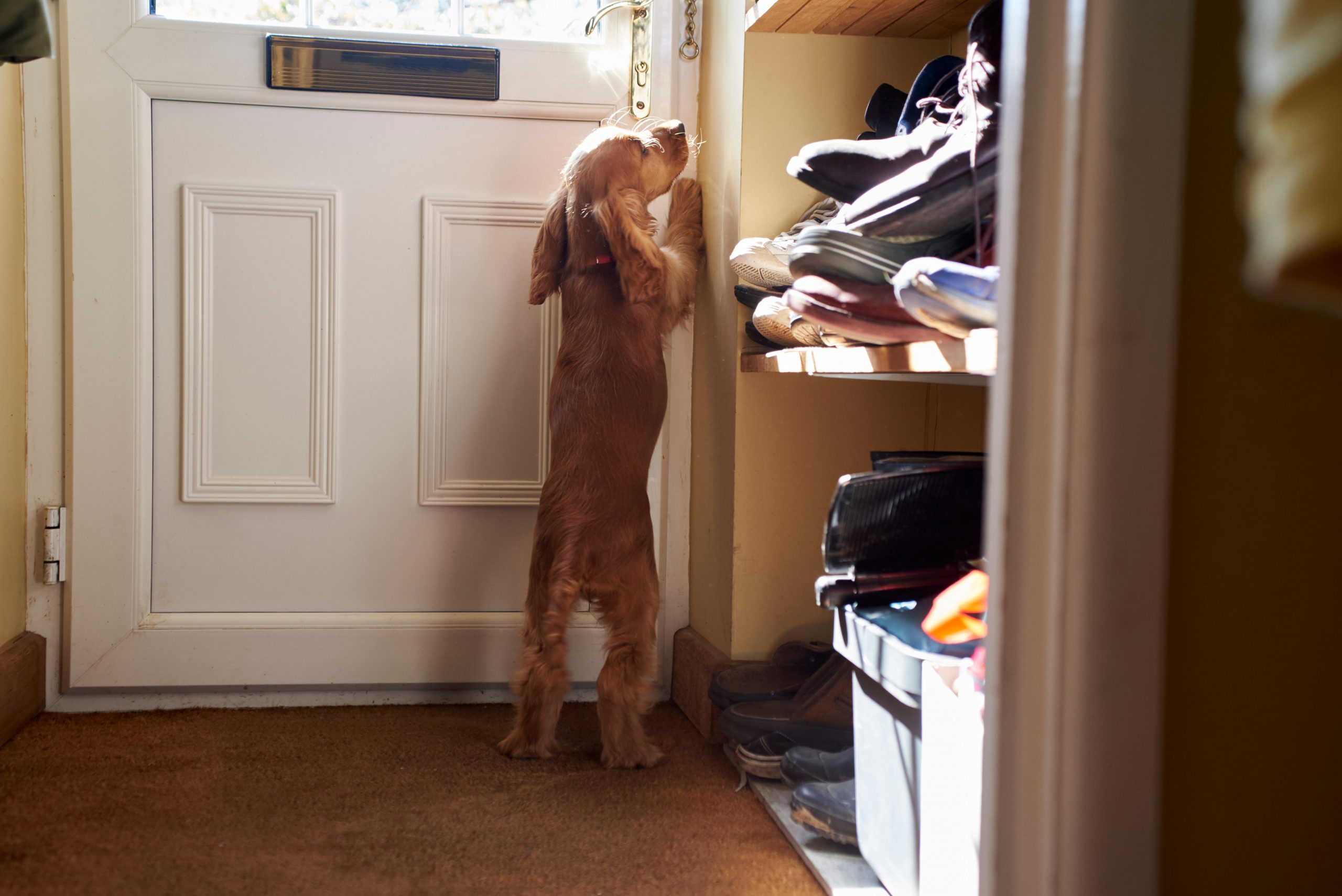

I’m a 5-star licensed breeder, who has bred dogs for 30 years, and I always ensure that all my puppies leave our home having become accustomed to all sorts of noises and experiences, largely by training them at feed times. As with my BG (Beggarbush) Foundation training, this gives me a fantastic opportunity to teach the dog life commands around mealtimes – and to engage with, build a bond, and develop a lasting partnership with the dog.
I have previously written about how best to discourage your dog from ‘barking at the door’, but this week’s reader—who wrote to me via paws-for-thought@futurenet.com to get my advice—has a very particular enquiry about how to stop a new puppy doing this from day one:
Hi Ben,I have a specific question about training a puppy not to bark at the doorbell, especially as our previous cocker spaniel used to go crazy when visitors came to the door. Now we’ve lost her, we are planning to get a new cocker puppy and I’d like to prevent this one from barking starting from day one.Would it work to give the puppy a treat each time the doorbell rings so he or she associates the bell with a treat and doesn’t think of barking?I’ve found lots of information about how to stop an adult dog from barking at the door, but nothing about preventing it in the first place. Please can you help?Kind regards, C.B. by email
Firstly, congratulations on the fact that you are about to acquire a new puppy. As someone who has had dogs all his life, I know how very hard it is when we lose a trusted companion to old age, but it’s always exciting when you have decided the time is right to get another pup. As you say, this is the perfect opportunity to establish the correct foundations for your new dog. However, whilst teaching this specific command, please remember that it’s vitally important to establish all of their foundation commands for life and not only this one centring on the door.
Rather than trying to prevent or stop a problem once it’s already ingrained, let’s start from the beginning with this puppy, so that these behaviours do not begin and, if any issues arise, we have the commands to solve them.
Ben’s six top tips for preventing a puppy from starting to bark at the door:
1. Establish the ‘sit’ command
The first command that you need to work on, the minute you bring your puppy home at eight or so weeks old, is the ‘sit’ command. This should be taught at every meal time, with your new puppy, three times (or however many times you feed him or her) a day, be asking your pup to sit calmly and patiently, until it is released to eat its food from its bowl. You might be thinking: ‘Yes, Ben, but what has this got to do with barking at the door?’ Well, this is key, because a dog’s food is as much of a high-value distraction, as the doorbell ringing and guests entering your house, etc.
2. Next, work on the ‘heel’ command
While you are working on the ‘sit’ command, you also need to perfect your pup’s ‘heel’ command, again around their feedtimes. To do this, you begin by tapping your left leg and saying the word ‘heel’. Most pups are inquisitive and will quickly start following you about. You can then reinforce this every time they get it right, by giving them a small piece of kibble or lavishing them with calm, vocal praise and stroking their head or ears so they know that being next to you is a good and rewarding experience.
Once your dog is confident and totally understands that, whenever you say the word ‘heel’, they immediately need to come to you and walk on your left hand side, we can then introduce the lead in a positive, rewarding way. I won’t say too much more here, as I’ve explained my methods thoroughly in a step-by-step way—with lots of tips and advice—in the article linked above.
Sign up for the Country Life Newsletter
Exquisite houses, the beauty of Nature, and how to get the most from your life, straight to your inbox.
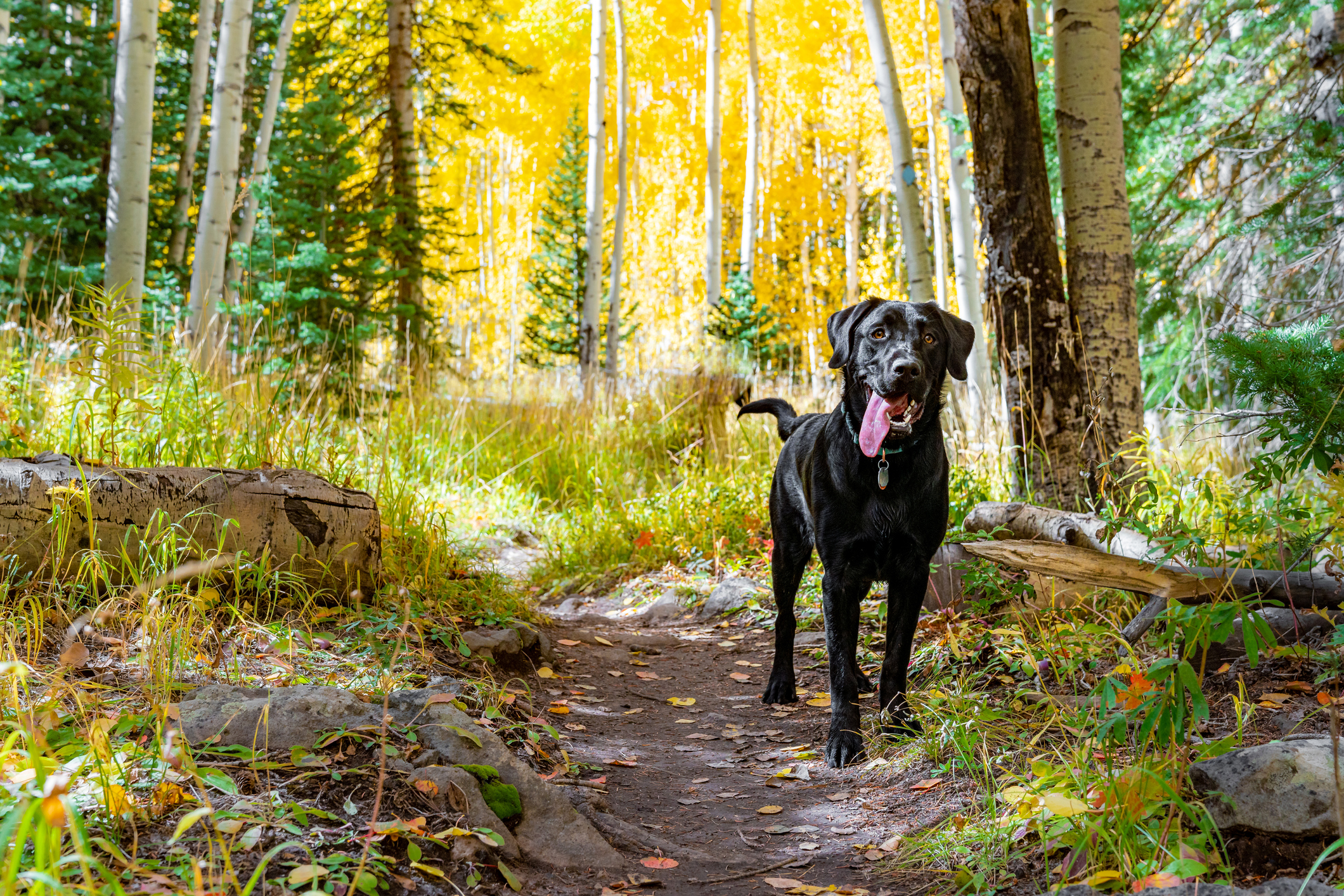
3. Teaching your dog to ‘leave’ is also essential...
Regular readers of this column will know that I think that the ‘leave’ command is the biggest and most effective weapon in my dog-training arsenal. It is a super important word and one that I use to get my dogs to desist from all sorts of negative (and sometimes dangerous) behaviours, from jumping up and nipping to barking, chasing and eating all sorts of things that could do them great harm. You can read all about how to carefully and effectively train this potentially life-saving command in my piece on the leave command.
4. ...As is in the ‘in’ command, telling your dog to get ‘into’ the car or its bed
Similarly, it’s also a good idea to teach your dog the ‘in’ command around its meal times. This means that, whenever I point at somewhere—whether that be a crate, their bed, their dog-box in the car, another room or another area in the house—and say ‘in’, my dogs know that they need to go ‘in’ to wherever I am gesturing, straight away. You can learn how to do this quickly and positively, by reading this advice on teaching your dog the 'in' command.
5. Teaching all of these commands will set your pup on the right course for life
Taking the time to teach your pup these commands from an early age and continually practising them around meal times for the rest of their life, will make your life much easier and help to forge a strong, unbreakable bond, as well as huge mutual respect and trust between the pair of you. Instilling these BG foundation skills, as per the positive, rewards-based methods described in all of my articles, means that you have a command for any situation. So, for instance, if the doorbell goes or someone enters your house, and your puppy barks or runs to greet them, you now have the ability to say the word ‘leave’ (so that your pup stops), ‘sit’, then point to the dog’s bed or area and give the ‘in’ command.
In addition, all of these commands and new training methods will build such a great bond and partnership between you and your new dog that they won’t feel the need to bark at the doorbell ringing or a knock on the door. This is because your dog trusts you entirely in this situation and feels calm and relaxed that you are taking care of it.
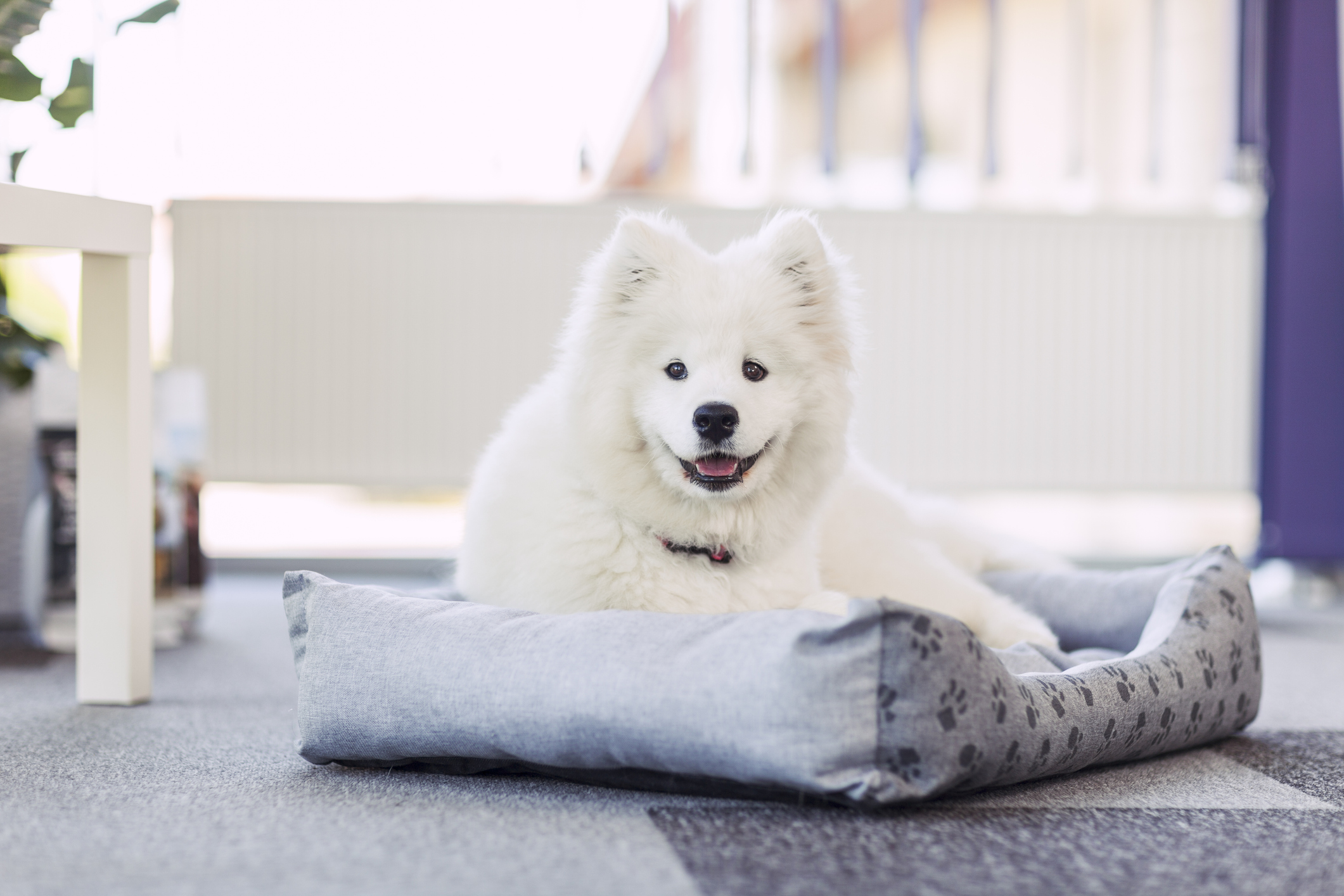
6. Remember that this is your front door and you can practise opening and closing it as much as you want!
However, of course, we can also set up lots of training exercises to ensure that your dog is super happy and knows what to do with regard to any situation that may occur around your front door. As I always say, it’s your door and your doorbell, therefore we can repeat this exercise as many times as we like in order to get this correct. Have someone ring the doorbell or knock at the door and, as your puppy jumps up and shows interest, give a quiet, calm ‘leave’ command, then point at the dog’s bed and say ‘in’. If needed, follow that up with a ‘sit’, before continuing to pretend to answer the door multiple times.
If your puppy moves or rushes up to the door, correct him or her with the commands we have just taught. Because we are continually repeating this process in terms of training, it will soon click very quickly and we will not have to wait for the weekly Waitrose delivery in order to practise this. Once you are happy that your dog is responding to your commands and sitting patiently, you can reward them with some praise or a piece of kibble when they get it right.
Ultimately, once this new door routine is established, your dog’s mindset should be: ‘The doorbell is ringing or someone is knocking at the door. If I run and sit in my bed patiently, I will be rewarded with some praise or a piece of kibble.’
I wish you all the very best with your new pup—please send us some photos or videos of your young dog sitting patiently and quietly as you answer your door.
For more detailed advice about Ben Randall’s positive, reward-based and proven BG training methods, one-to-one training sessions, residential training or five-star dog-boarding at his BGHQ in Herefordshire, telephone 01531 670960 or visit www.ledburylodgekennels.co.uk. For a free seven-day trial of the Gundog app, which costs £24.99 a month or £249.99 a year, visit www.gundog.app/trial
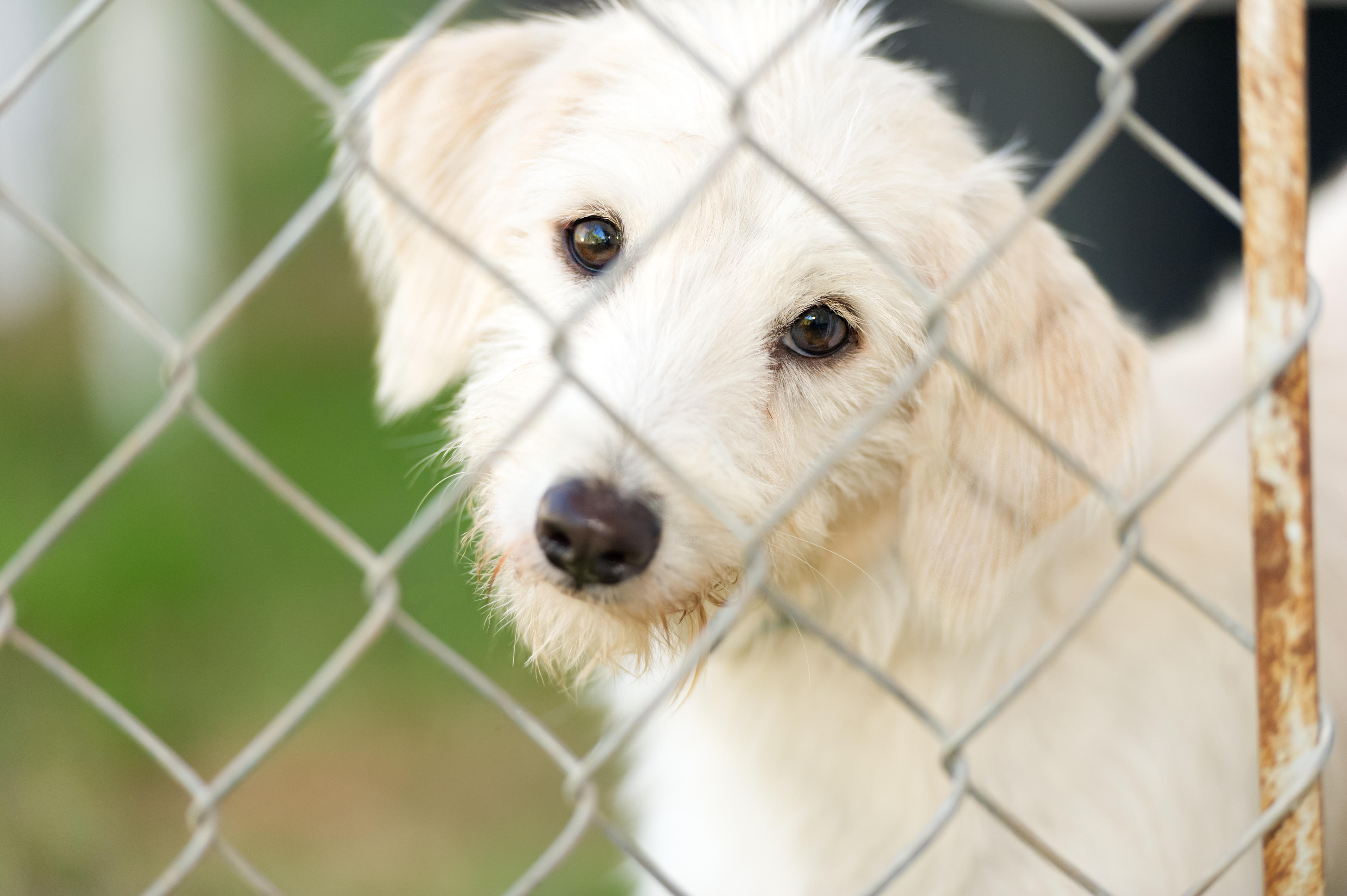
How to choose a rescue dog, by expert trainer Ben Randall
Adopting a dog in need of a new home can be a fabulous experience that will transform your life for
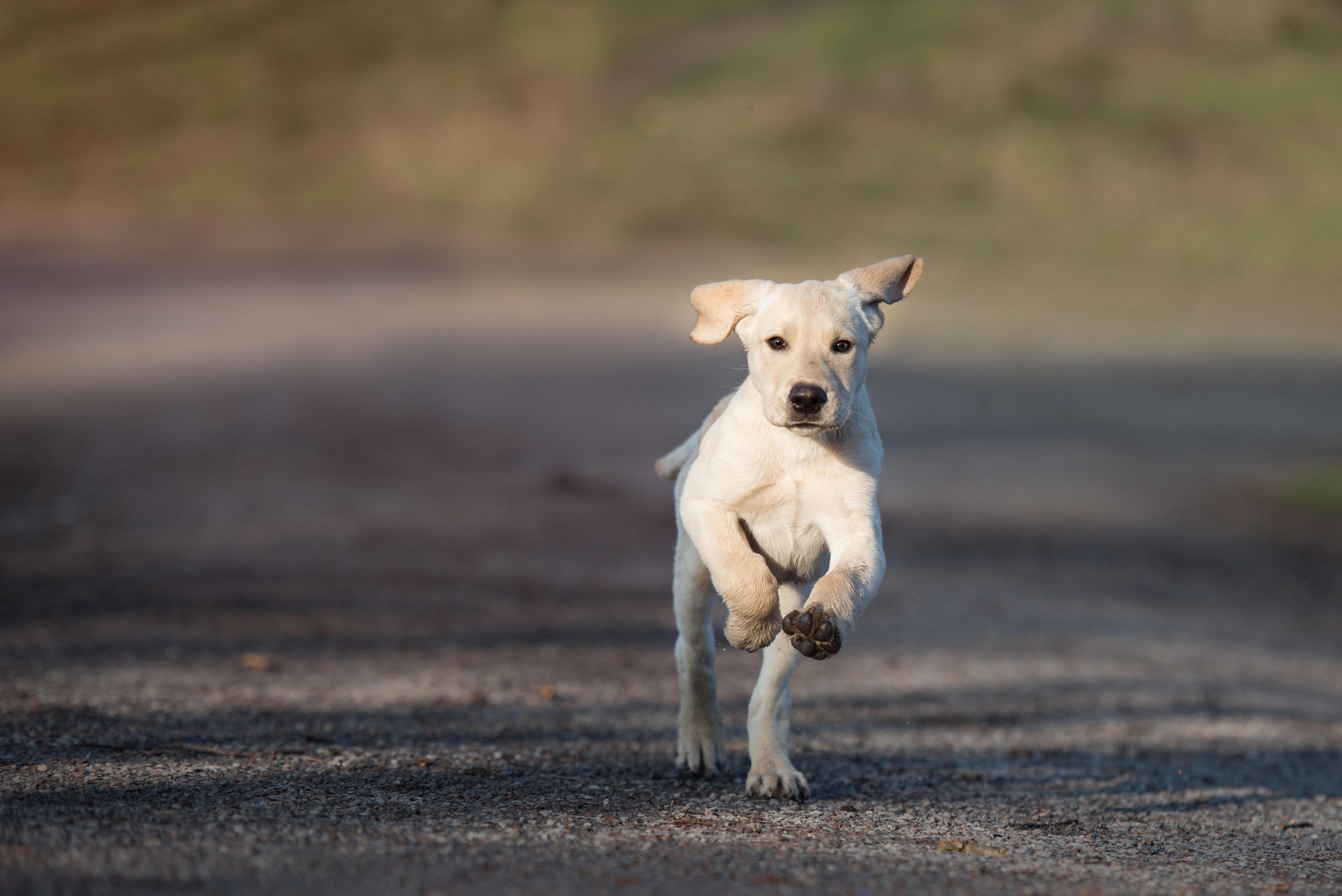
Credit: Alamy Stock Photo
How to stop a dog chasing cars: Six tips from top dog-trainer Ben Randall
Watching your dog run after traffic can be heart-stoppingly scary — but it's also a difficult habit to break. Ben Randall,
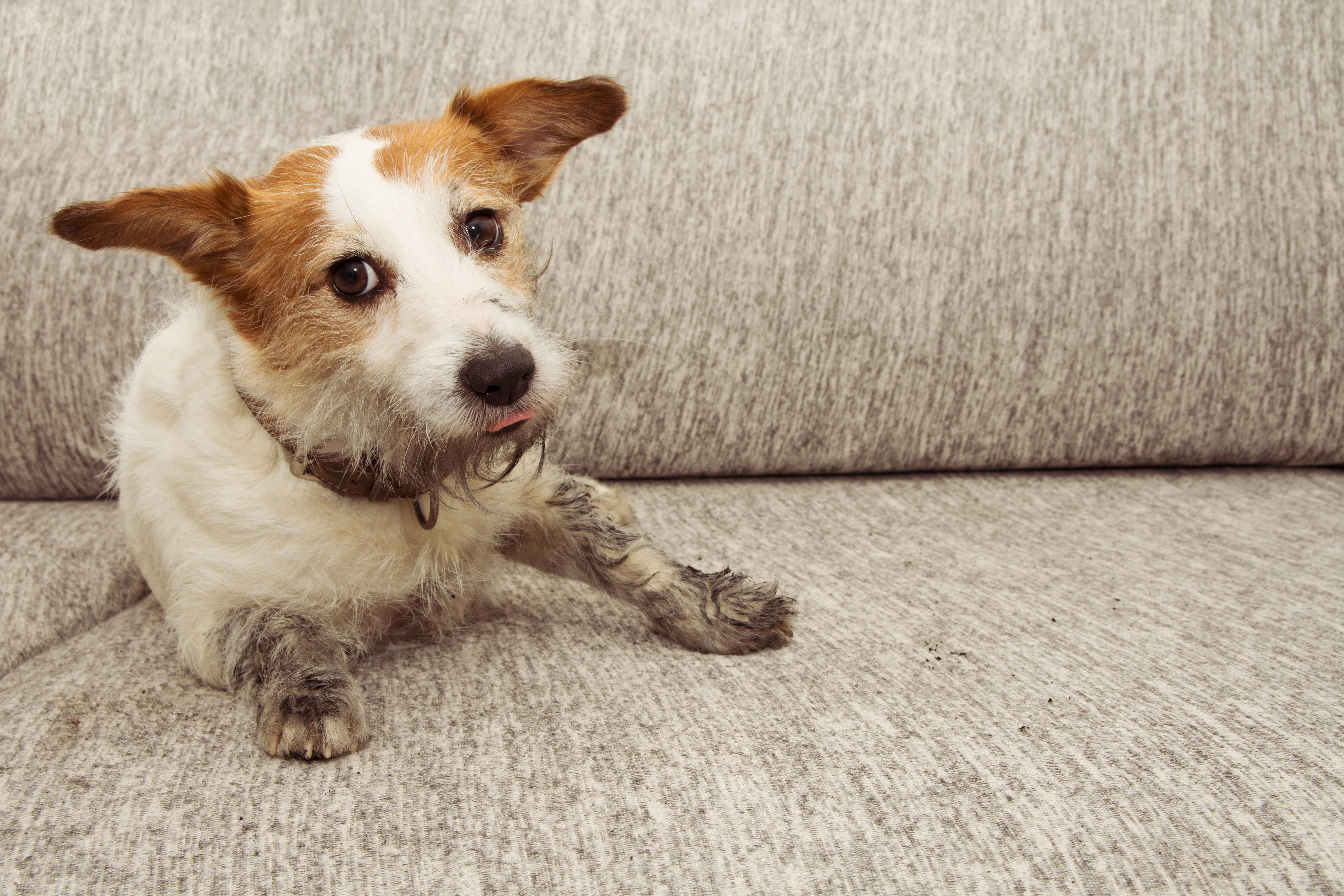
Credit: Alamy
How to keep a dog off the sofa, by top trainer Ben Randall
Fed up with Fido leaping onto the furniture — whether it's your sofa, armchair, or your bed — whenever he
-
 Some of the finest landscapes in the North of England with a 12-bedroom home attached
Some of the finest landscapes in the North of England with a 12-bedroom home attachedUpper House in Derbyshire shows why the Kinder landscape was worth fighting for.
By James Fisher
-
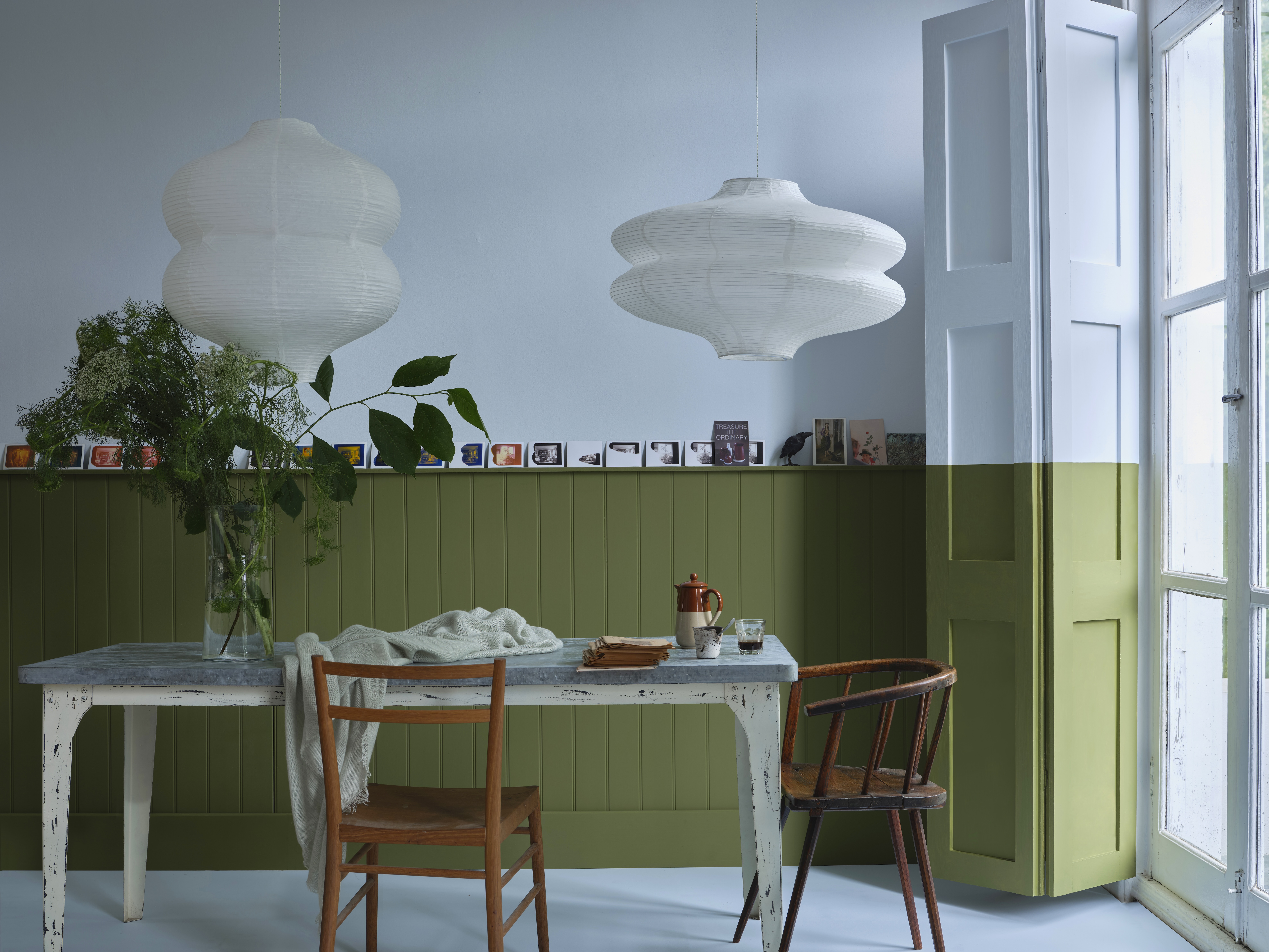 John Sutcliffe — The man, the myth and the paint-naming legend behind Dead Salmon and Elephant's Breath
John Sutcliffe — The man, the myth and the paint-naming legend behind Dead Salmon and Elephant's BreathBy Carla Passino
-
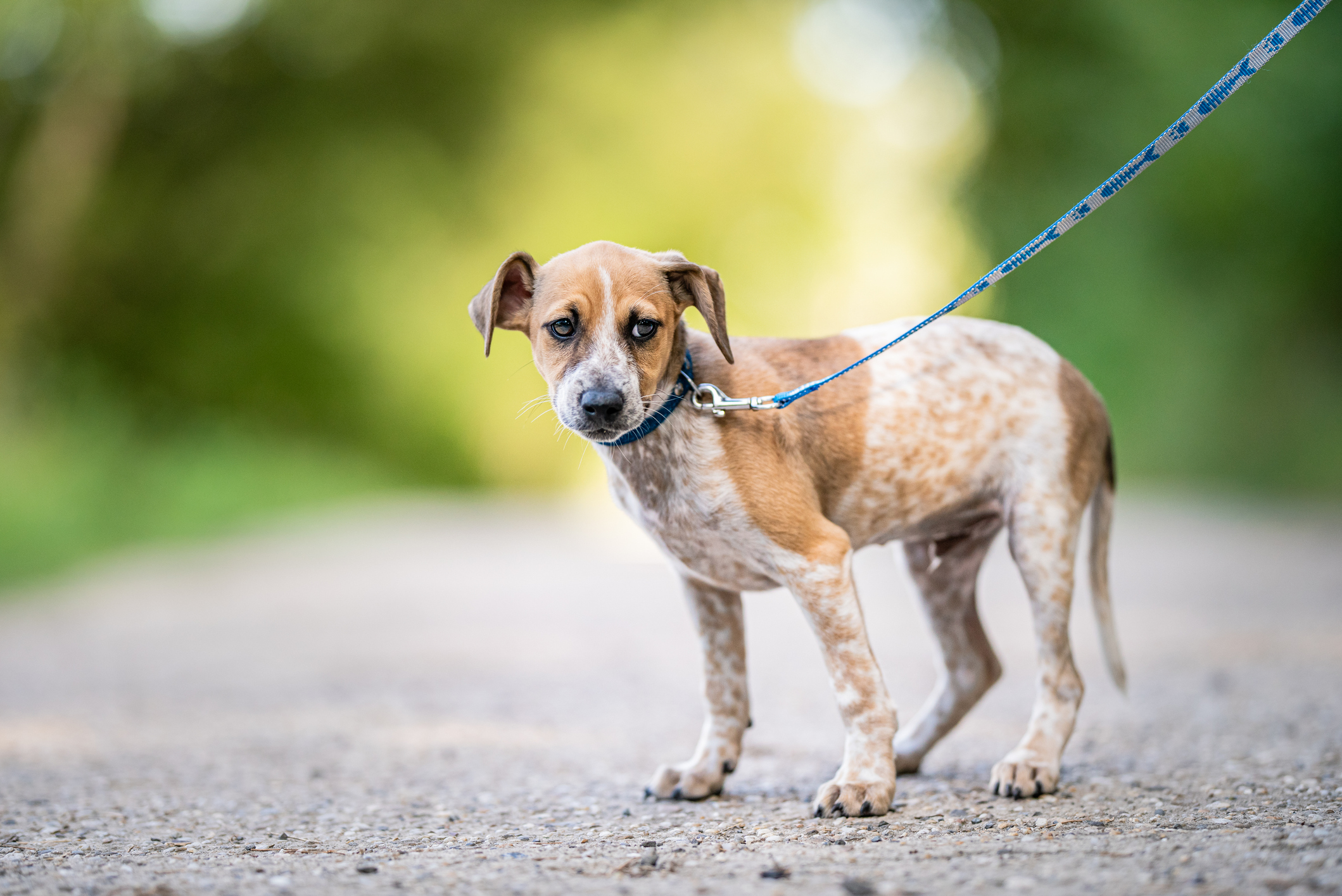 What to do when your dog gets attacked by another dog out on a walk
What to do when your dog gets attacked by another dog out on a walkBen Randall deals with a reader's difficult situation as an ordinary walk took a turn for the worse.
By Ben Randall
-
 How to deal with an older dog starting to show some bad behaviour after many happy years
How to deal with an older dog starting to show some bad behaviour after many happy yearsA-list dog trainer Ben Randall helps a reader whose ageing dog has started changing its behaviour — and not for the better.
By Ben Randall
-
 Ben Randall: Ask Country Life's canine agony uncle a question about your dog
Ben Randall: Ask Country Life's canine agony uncle a question about your dogOver the past two years our award-winning dog trainer Ben Randall has been sharing his advice with Country Life readers.
By Country Life
-
 How to look after a dog who's gone deaf, by A-list trainer Ben Randall
How to look after a dog who's gone deaf, by A-list trainer Ben RandallBen Randall handles a query from a reader whose dog has lost her hearing.
By Ben Randall
-
 How to deal with a dog that's stronger than you are — especially when it runs off when it gets excited
How to deal with a dog that's stronger than you are — especially when it runs off when it gets excitedBen Randall tackles an issue for an owner of a dog that's almost as big as she is.
By Ben Randall
-
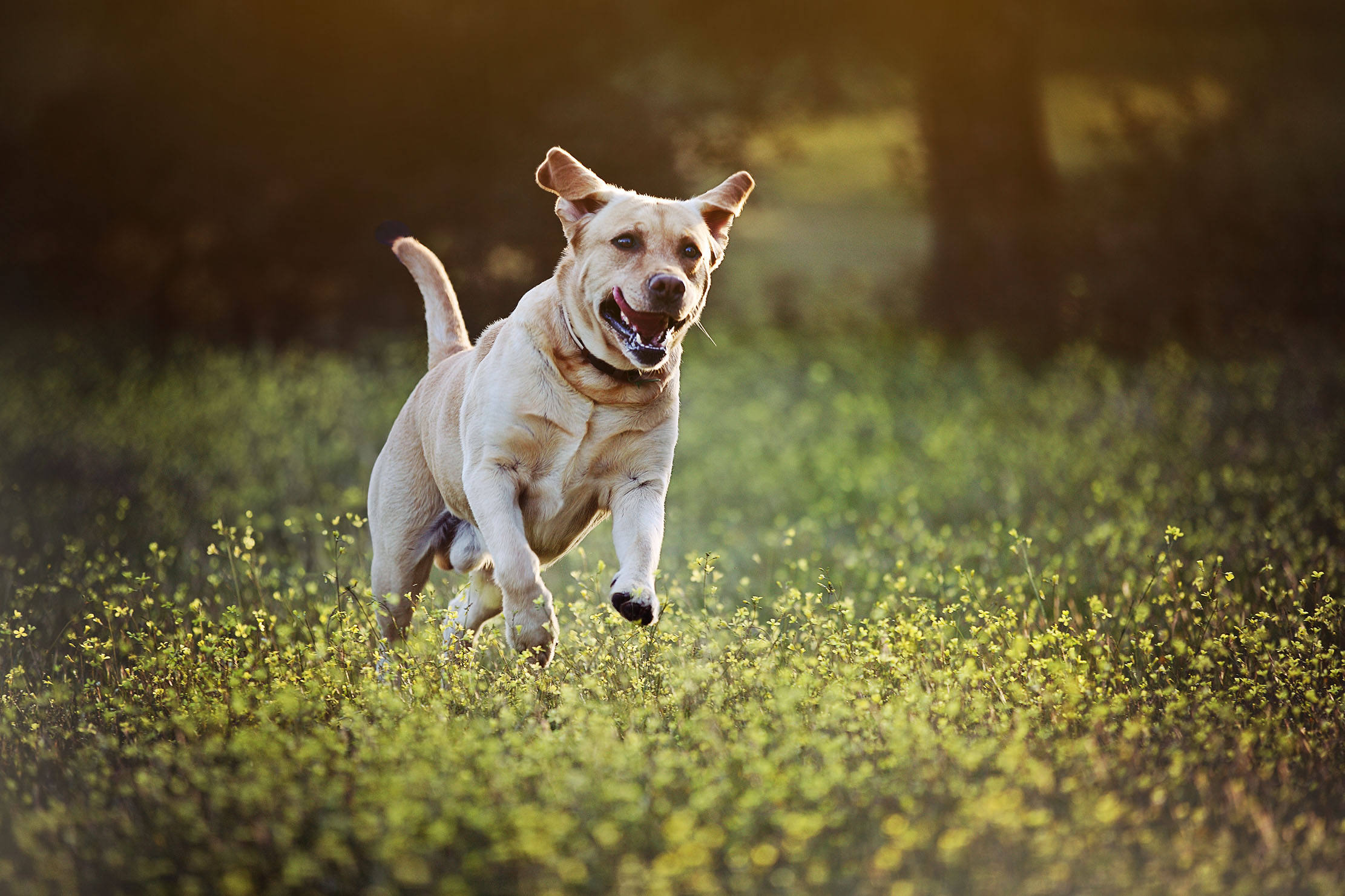 'My dog goes crazy when he sees someone with a ball launcher. How do I make him stop?': Expert trainer Ben Randall explains what to do
'My dog goes crazy when he sees someone with a ball launcher. How do I make him stop?': Expert trainer Ben Randall explains what to doTaking on a dog with ingrained bad habits can be a headache. Ben Randall explains how to retrain them to keep calm.
By Ben Randall
-
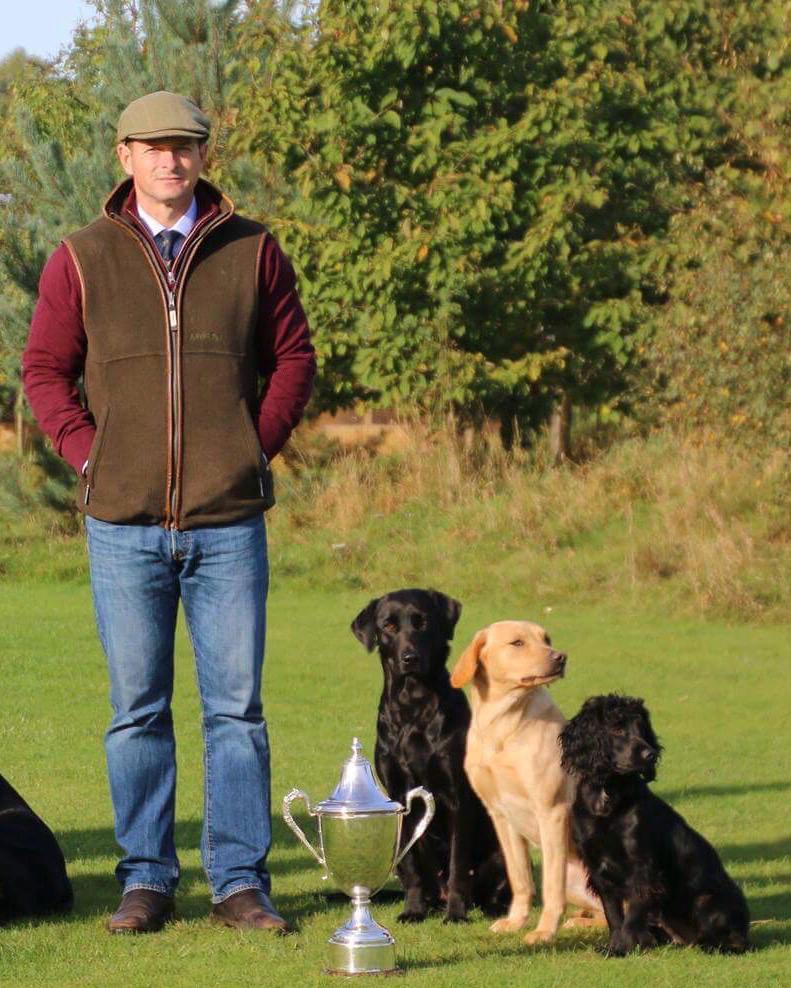 Ben Randall: Q&A with the award-winning dog trainer
Ben Randall: Q&A with the award-winning dog trainerWe speak to Country Life's canine agony uncle Ben Randall.
By Ben Randall
-
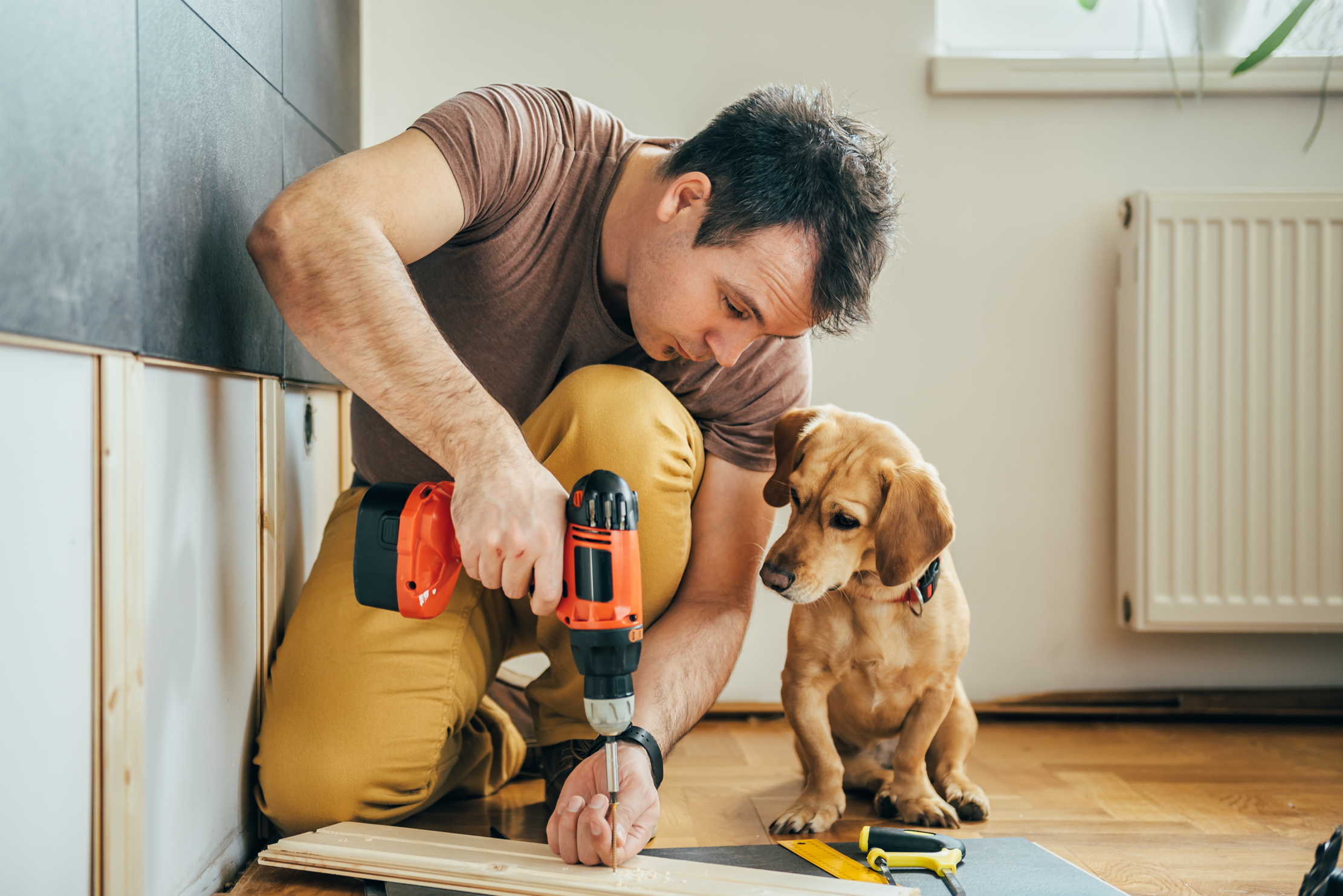 How to stop your dog from being protective and barking at builders
How to stop your dog from being protective and barking at buildersBarking can be annoying and unsettling for visitors. Ben Randall looks at how to get a little peace and quiet.
By Ben Randall